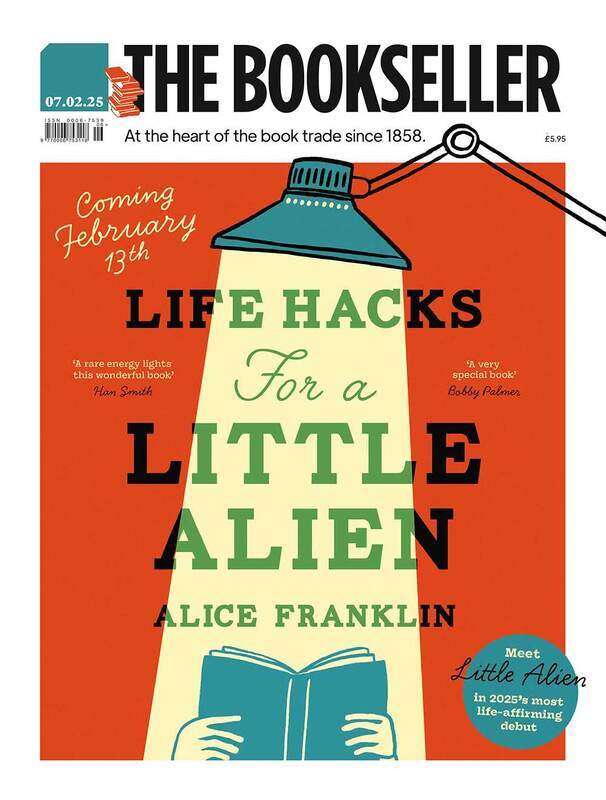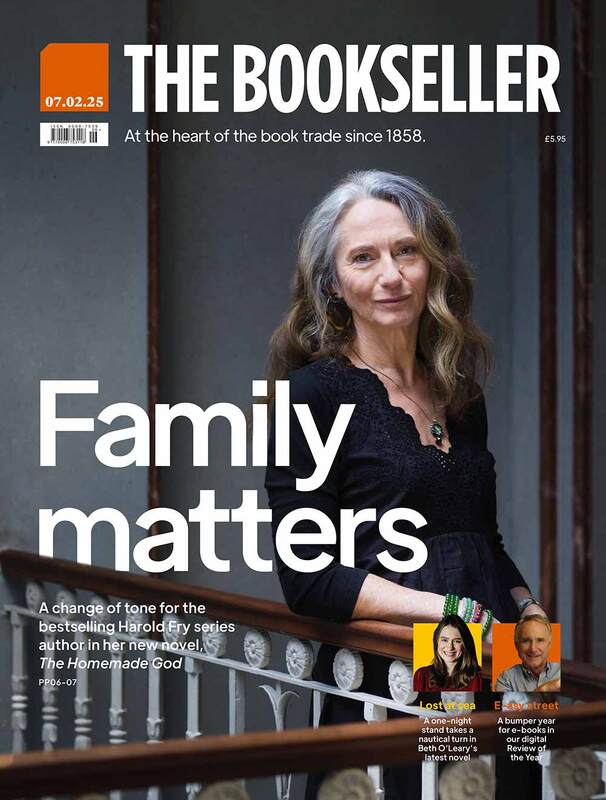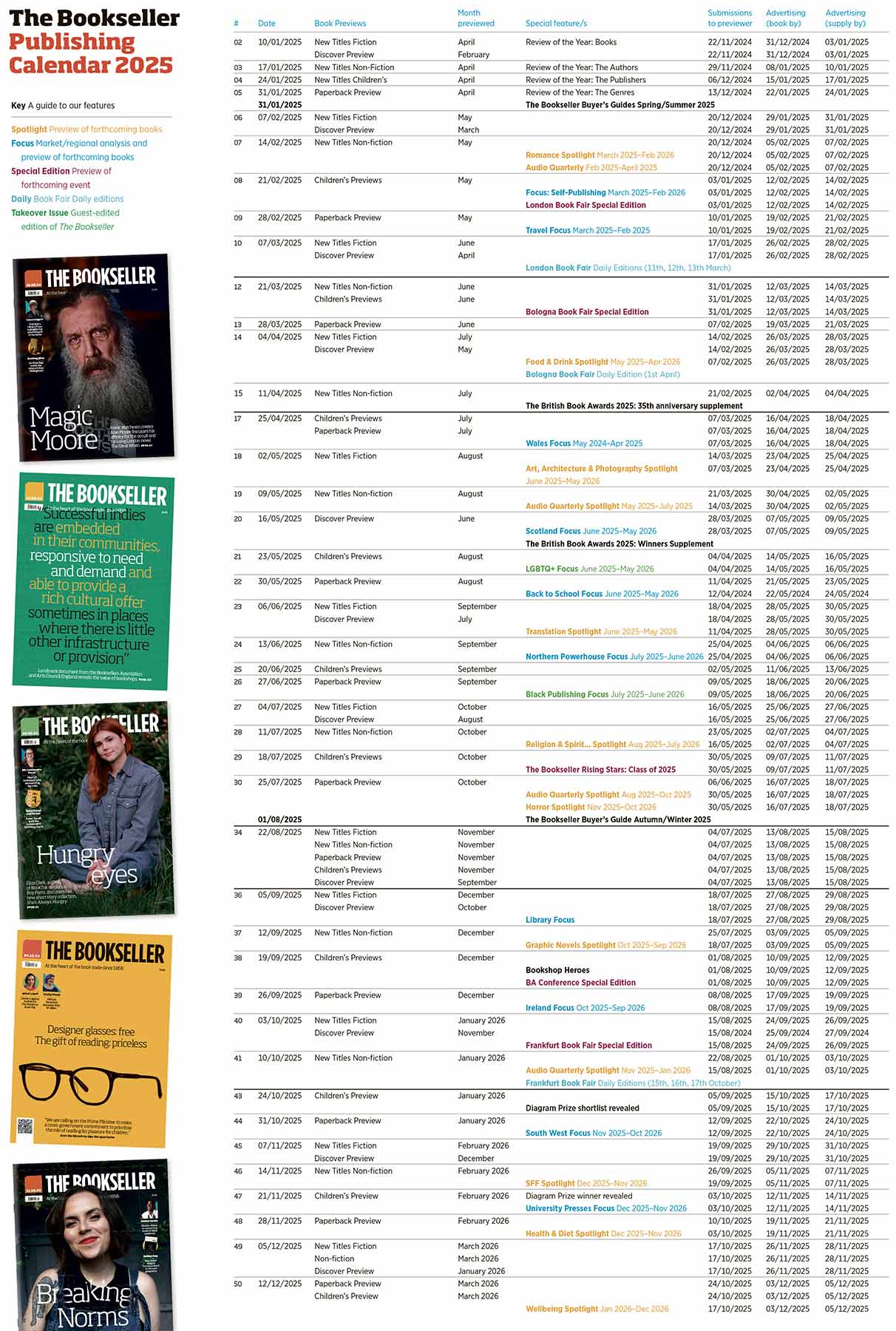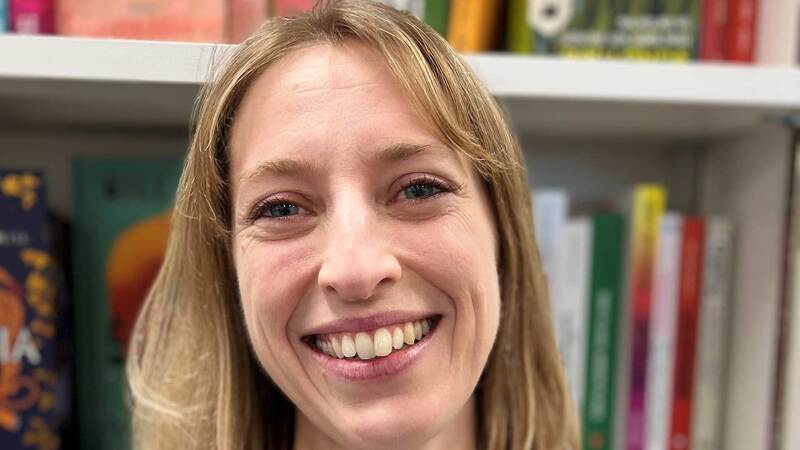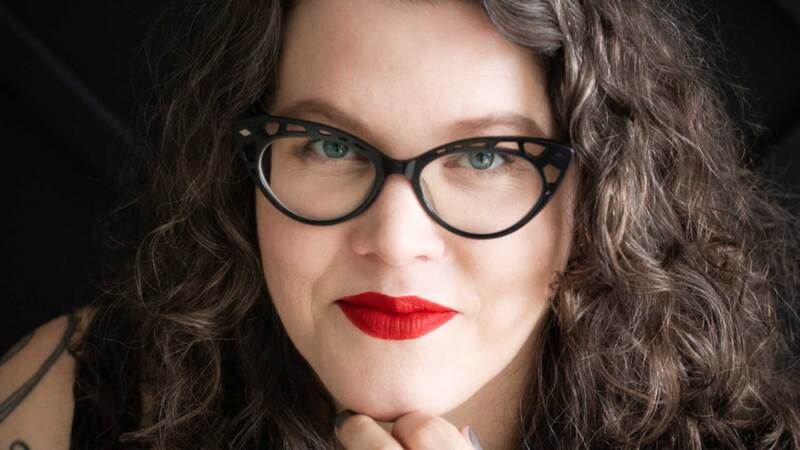You are viewing your 1 free article this month. Login to read more articles.
Leader of the pack
This week Hachette UK became the first major publisher to release an Ethnicity Pay Gap report, showing the difference in the average pay of black, Asian and other minority ethnic (BAME) employees compared with the salaries of white staff. Following on from the gender pay gap reports, it represents a timely intervention—also this week, BookTrust released research showing that less than 2% of children’s authors and illustrators published in 2017 were British people of colour.
In terms of median earnings (the mid-point of all employees’ salaries from the highest to lowest paid), BAME staff at the Hachette Group take home 6.9% more than white employees, and 10.4% more in bonus pay. According to Hachette HR director Melanie Tansey, the results are “counterintuitive”, partly because the low number of employees (127) skew it, but also because the figures miss the overall picture. As Hachette UK c.e.o. David Shelley says in an email to staff , the real finding is “the lack of representation in the company”. Of 1,650 employees, just 7.7% are from BAME backgrounds, less than the wider publishing sector of 11.6%, and almost half that of the number living in the UK (14%)—although in truth a better measure might be London, where 41% of the population identifies as BAME.
For the Hachette Group, BAME employees tend to be spread among the lower-middle and upper-middle pay scales, indicative, Hachette said, of roles such as those found in IT and finance departments. In the upper pay quartile 7% of staff are BAME, and there are no members of the Hachette UK board from a BAME background. Falling short of the top pay levels explains why the mean pay gap shows a 10% deficit in favour of white employees—skewed by a number of very high earners.
It is a few years since I argued that after almost 15 years of hand-wringing over this issue, publishers might be ready for meaningful change. Hachette’s report won’t persuade the cynics who will turn to BookTrust’s statistics that show the number of authors/illustrators of colour publishing children’s books has actually declined since 2015.
What’s important though is what happens next. Hachette aims to recruit more broadly (including at least one BAME candidate on interview shortlists) and for editorial roles. It will also establish a “mirror board” that could serve as a runway onto the main board for BAME staff with high potential. BookTrust is aiming to increase the proportion of creators of colour through its “Represents” project.
Hachette is not the only publisher with a raft of well-meaning initiatives aimed at resolving an industry-wide problem. Its diversity and inclusion manager Saskia Bewley says it is acting out of a “moral and cultural imperative”. In taking a lead, the group is hoping the pack follows, but it is also detaching itself from the rest, and setting itself up as the “publisher of choice for everyone”.
In the week when Trapeze title Queenie, by Candice Carty-Williams, débuted in the second spot in the Original Fiction chart, that point is emphatically well made— publishing inclusively works.

